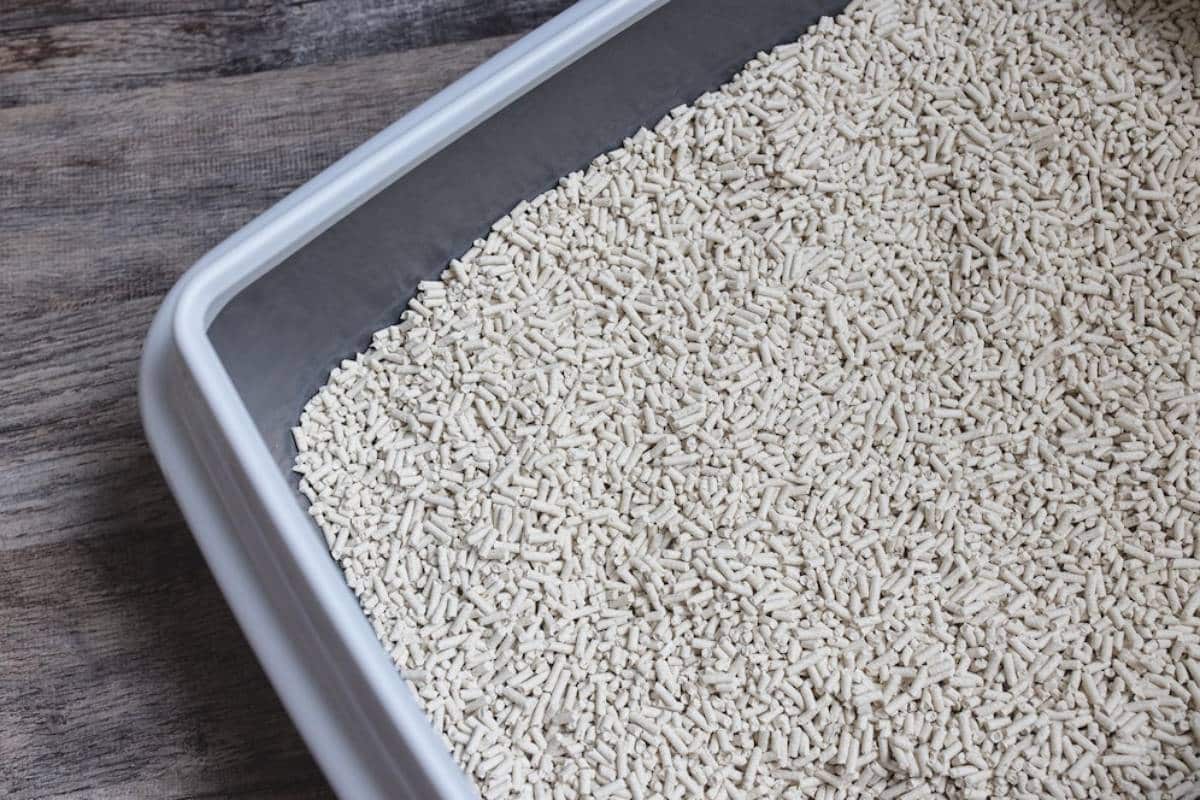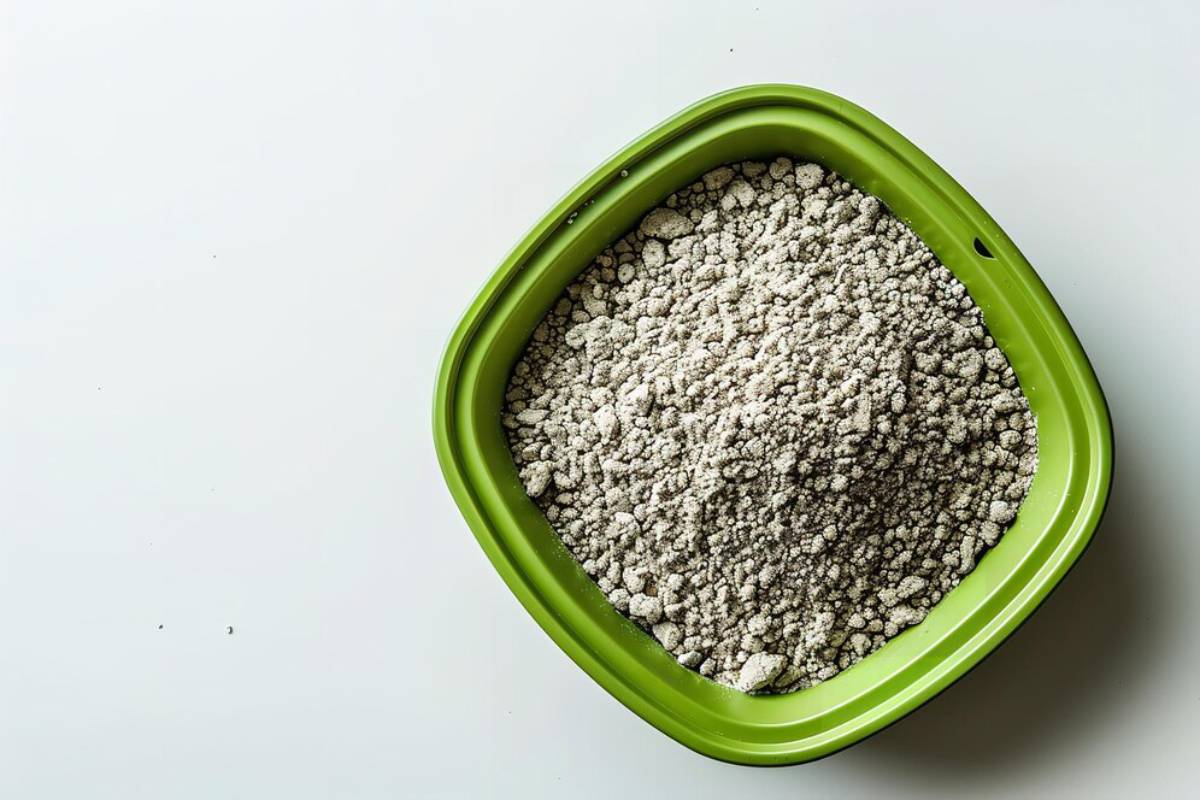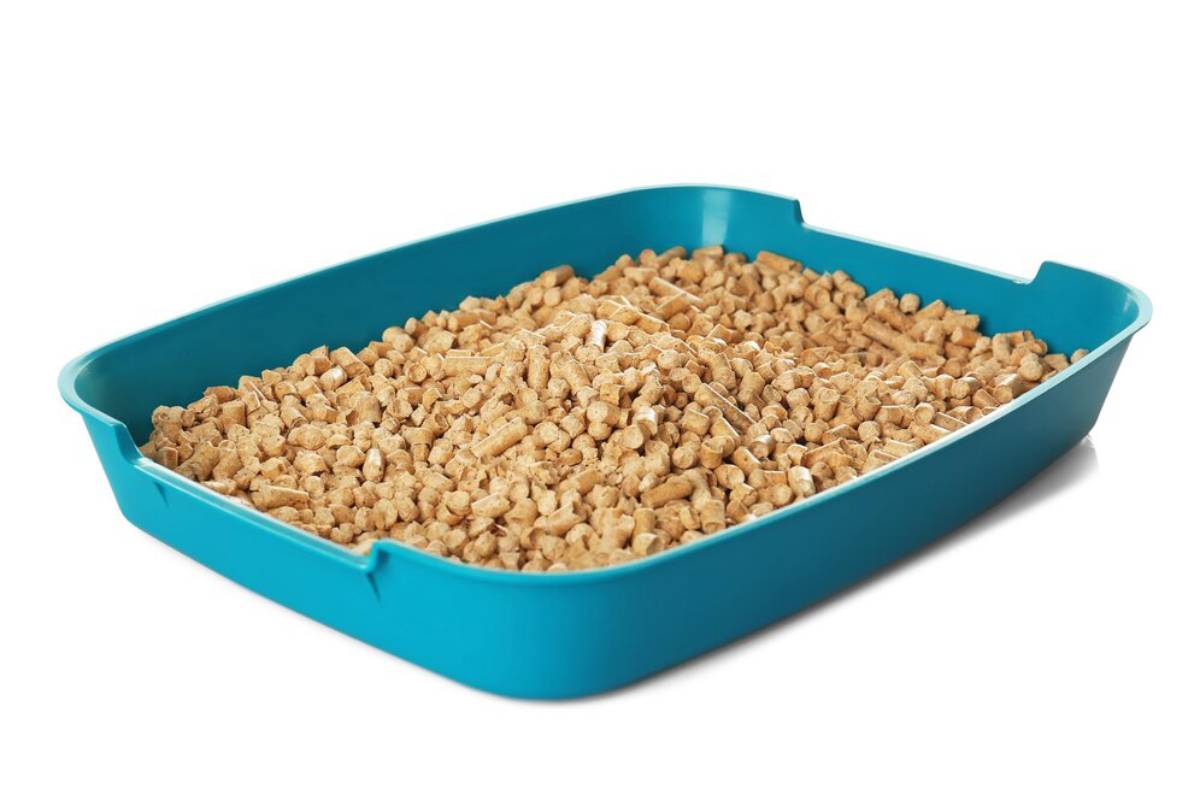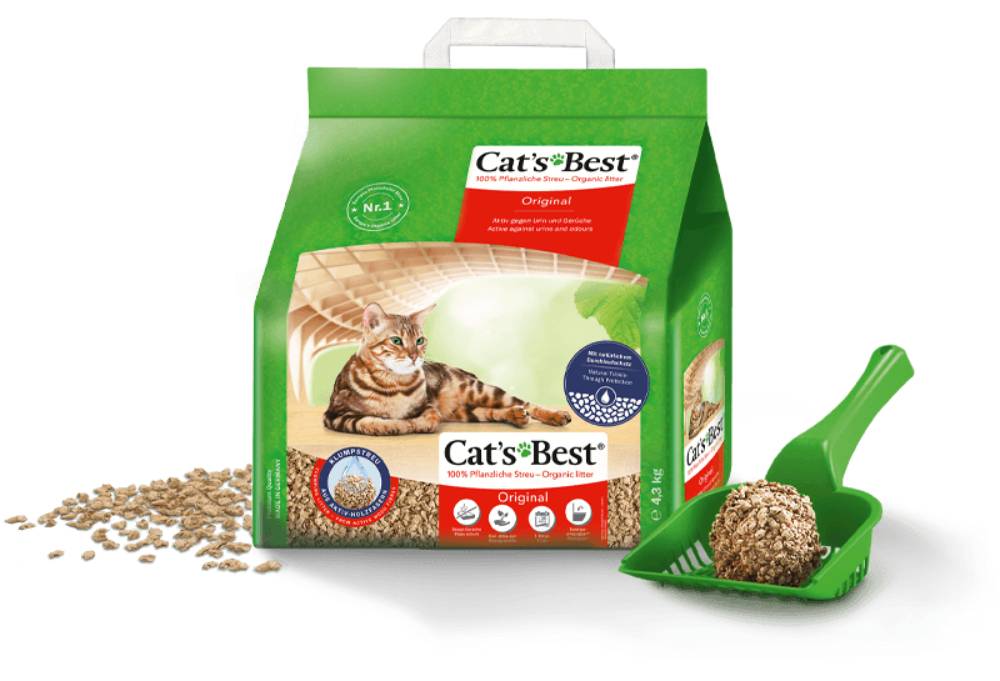
Sustainable Cat Litter Options
Choosing the right cat litter may seem like a small decision, but for eco-conscious pet owners, it can have a significant environmental impact. With millions of households using cat litter daily, the waste generated from the product and packaging adds up quickly. Fortunately, there’s a growing movement towards sustainable cat litter that’s kinder to the planet while still meeting your cat’s needs.
This guide will explore various environmentally friendly cat litter options, how they compare to traditional choices, and what you should consider when switching. Whether new to eco-friendly pet care or just looking to improve your current setup, you’ll discover practical tips and product suggestions to make your home greener, without compromising cleanliness or convenience.
Why Sustainability in Cat Litter Matters?
Over two million tonnes of clay-based cat litter end up in landfills yearly—a staggering amount. Traditional litters are often made from strip-mined materials like bentonite clay, which is not biodegradable and requires significant energy and land. By switching to green litter choices, you reduce landfill waste and support a more sustainable production cycle.
The Environmental Impact of Conventional Litter
- Strip mining for clay destroys ecosystems and depletes natural resources.
- Non-biodegradable litters contribute to long-term landfill buildup.
- Packaging waste, often plastic, adds to the environmental toll.
On the other hand, sustainable alternatives use renewable or recycled materials, often with compostable packaging and less processing. It’s a win-win for both your pet and the planet.
Types of Sustainable Cat Litter

There are several categories of eco-friendly cat litter, each with unique benefits and drawbacks. Here’s a breakdown to help you choose the best fit for your cat and household.
1. Plant-Based Litters
Made from renewable materials like corn, wheat, or wood.
Pros:
- Biodegradable and often compostable
- Low dust and gentle on sensitive paws
- Lightweight and easy to handle
Cons:
- Some cats may need time to adjust to the texture
- Can be pricier than traditional clay
Popular brands: World’s Best Cat Litter, ökocat, Greenwoods
2. Recycled Paper Litter
Made from post-consumer paper, often in pellet or granule form.
Pros:
- Excellent odour control
- Soft on paws and ideal for kittens or post-surgery use
- Highly absorbent
Cons:
- Not clumping, so may require more frequent changes
- Can become soggy quickly
Popular brands: Breeder Celect, Yesterday’s News
3. Wood-Based Litter

Often made from pine, cedar, or other wood waste.
Pros:
- Natural scent helps neutralise odours
- Biodegradable and compostable
- Comes in clumping and non-clumping forms
Cons:
- Scented varieties may bother sensitive cats
- May track more than heavier litters
Popular brands: Feline Pine, Cat’s Best, Nature’s Logic
What to Consider When Choosing Eco-Friendly Cat Litter?
Switching to a sustainable option is commendable, but a few practical points are worth considering.
Clumping Ability
Opt for a litter that forms firm clumps if easy scooping is vital. Some plant-based litters clump like clay, while paper-based ones usually don’t.
Odour Control
Different materials handle smells differently. Wood naturally combats odour, while paper needs more frequent changes. Consider your space and sensitivity to smells.
Dust Levels
Low-dust formulas are essential for both human and feline respiratory health. Many eco-litters are naturally low in dust.
Cat Preference
Cats can be picky! Introduce new litters slowly by mixing them with your current litter to ease the transition.
Eco-Conscious Cat Owners
Many pet owners have made the switch and share valuable insights. For instance, Sarah from Bristol switched to a wood-based litter for her two rescue cats and found her home noticeably fresher. Meanwhile, Tom in Manchester prefers recycled paper pellets for his older cat due to their softness and absorbency.
These real-life stories reinforce that while trial and error may be part of the journey, the benefits are well worth it.
The Cost Factor: Is Eco-Friendly Litter More Expensive?
At first glance, sustainable cat litter can seem pricier per bag. However, many users report that these liners last longer due to higher absorbency and better odour control, balancing out the cost. Plus, the investment often feels worthwhile considering the environmental benefits.
Some brands also offer bulk buying options or subscription services to help reduce costs further.
Composting and Disposal Tips
Even the most sustainable litter loses its edge if not disposed of properly. Here’s how to handle it the eco-friendly way:
- Compost only if labelled safe, and never use compost on edible plants.
- Flush only where permitted and never for litter containing faeces due to parasite risk.
- Bag and bin biodegradable waste if composting isn’t possible — use compostable liners instead of plastic.
Always check your local council regulations before disposing of. of
Best Sustainable Cat Litter Brands in the UK

Here’s a quick comparison of top UK-available brands:
| Brand | Type | Clumping | Odour Control | Compostable | Approx. Price (per kg) |
| World’s Best | Corn-based | Yes | High | Yes | £2.60 |
| Breeder Celect | Paper | No | Medium | Yes | £1.50 |
| Cat’s Best | Wood-based | Yes | High | Yes | £1.90 |
| ökocat | Wood-based | Yes | High | Yes | £2.80 |
| Greenwoods | Plant fibre | Yes | High | Yes | £2.00 |
How to Transition Your Cat to a Sustainable Litter
Cats are creatures of habit, and sudden changes can cause them to avoid the litter box.
Transition slowly:
- Mix the new litter with your current one, gradually increasing the ratio over 7–10 days.
- Keep the litter box in the exact location.
- Regular cleaning should be maintained during the switch to prevent aversion.
Patience is key. Some cats take to new litters right away, while others need time.
Make the Switch, One Paw at a Time
Choosing sustainable cat litter is a meaningful step towards eco-friendly living. It reduces waste, minimises your environmental footprint, and creates a healthier space for you and your furry companion. With so many green litter choices available — from plant-based to recycled paper — there’s something to suit every household and feline personality.
Start small, try a few types, and see what works best for you and your cat. In the long run, you’ll save money and effort and contribute to a cleaner, greener planet.
Ready to make the switch? Comment below with your favourite eco-friendly litter or share your experience with us. Don’t forget to subscribe for more tips on sustainable pet care!


